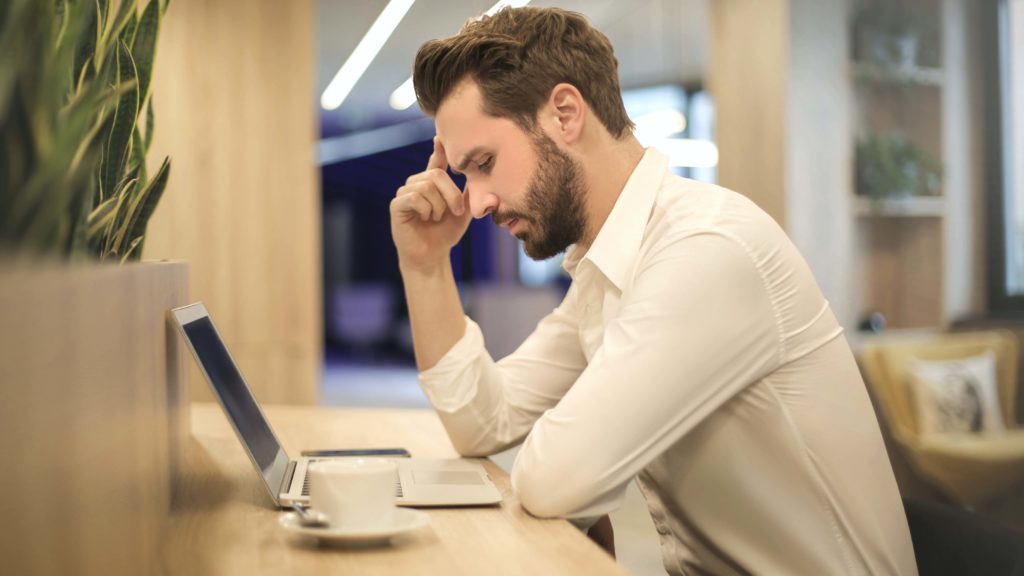
Standing Desk – is it for you?
Standing Desks – “Sitting is the new smoking”. Have you heard this new medical thought? We live in a technology-driven world and with that, we compromise movement in order to complete our work, hobbies, and entertainment. Many find themselves sitting at a desk in front of the computer for hours upon hours, which is now believed to be more harmful to our bodies than smoking! According to Dr. James Levine, a professor of medicine at the Mayo Clinic, “we are sitting ourselves to death”. A standing desk may be a great option for you!
What’s the real problem with sitting too long?
The body loves movement. Some claim that movement is life! Our bodies are not designed to sit for 8+ hours a day. Let’s be honest, the majority of people sit all day at work and then go home and want to relax by sitting on the couch and watching TV. We sit a lot! For the population that exercises regularly, that’s wonderful! However, it does not overturn the harmful effects of prolonged sitting. What other health concerns can present from prolonged sitting?
- Obesity
- Neck pain
- Low back pain
- Sciatica pain
- Cardiovascular conditions
- DVT (deep vein thrombosis)
- Increased anxiety and depression
What is a sit to a standing desk?
Sit to stand desks are becoming more and more popular in the office setting as well as in-home offices. As research progresses about the harmful effects of prolonged sitting, the sit to stand desks are becoming a great option to add movement into our daily lives. A sit to stand desk is a desk that transitions from a lower level platform (normal sitting desk) to a higher platform level that allows you to stand without compensating ergonomic integrity.
The transition from sitting to standing
If you are used to sitting most of your day, it is important to transition slowly into a standing desk. If you simply go from sitting all day to standing all day, you will feel the repercussions! Hip pain, calf cramps, foot pain, and sore back and neck are all side effects of making a drastic change. The ultimate key is to progress slowly! A common recommendation is the 15% rule. That is, increasing about 15% every 2 weeks until you are standing for roughly half the workday. For example:
- Weeks 1-2, standing 8-10 minutes every hour
- Weeks 3 and 4, stand for 15-20 minutes every hour
- Weeks 5 and 6, stand for 25-30 minute every hour
It is important to transition slowly but also finds the progression that best works for you! Research has shown that alternating between sit to stand is best for the body. For example, sit for 20 minutes, stand for 20 minutes, etc. Frequent alternation has been shown to have more benefit than standing for 2 hours and then sitting for 2 hours.
Other factors to consider when moving to a standing desk
- Footwear matters!
- It is important to wear functional and supportive shoes to best support the body as it transitions from sitting and stands throughout the day. A supportive shoe can reduce ankle, knee, hip, and back pain.
- An orthotic may be a great option for you if you must dress up for work! Check out Foot levelers orthotics
- Even if you work from home, supportive shoes are important! Although those slippers are warm and comfy, they are more than likely not supporting your joints optimally.
- Flooring surface matters
- If your work station is on a hard surface, increased pain may present as well
- Add a shock-absorbing work mat
- Again, wear supportive shoes with a custom orthotic (Foot levelers)
- Posture matters
- Proper posture is important even when standing!
- Shoulders back and down
- Chin tucked so the head is centered over shoulders
- Ergonomic workstation matters
- Ergonomic blog
- Proper posture is important even when standing!
- If your work station is on a hard surface, increased pain may present as well
Little changes in our life can make a big difference! Who would have thought that alternating between sitting and standing during our workday would be one of those little changes? While standing desks come with an expense that varies across the board, it functions better than make shifting your own sit and stand desk. Like any other office desk, there is a variety of sit to stand desks on the market. It is important to research thoroughly to find the option best for you! Be sure to look into details such as mechanically changing desks vs. manual adjusting desks to best optimize your time! Finding the desk that best works for you will ensure your success in bettering your health, which is the ultimate goal!
Contact Us
Pain does not need to be a part of you. If you find that you have been sitting too much and are on pain, it’s time to give your back some well-deserved treatment. Contact us here at Miller Sports & Family Chiropractic, the team is eager to help you be on your way to feeling pain-free and performing those activities that make you well, you!
